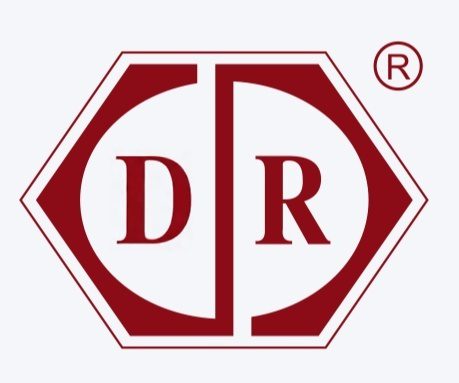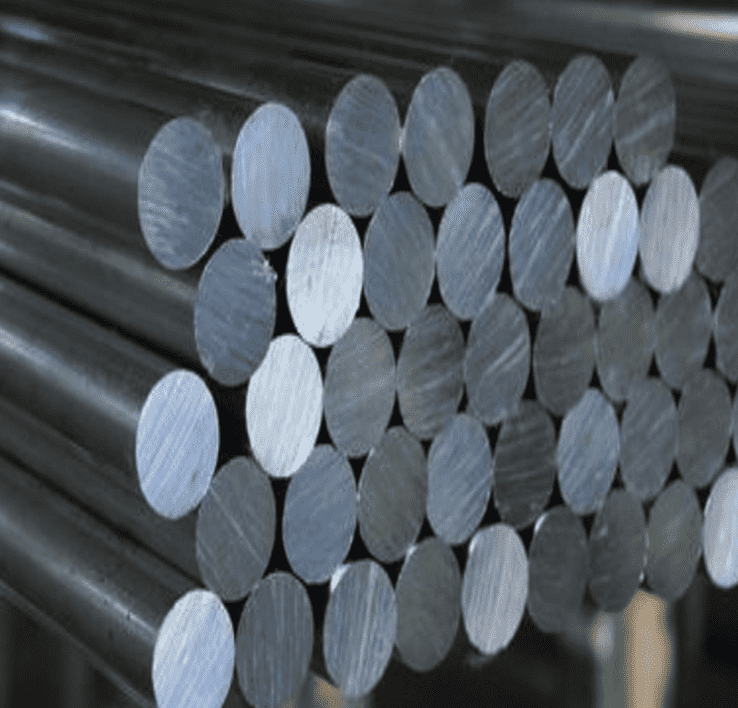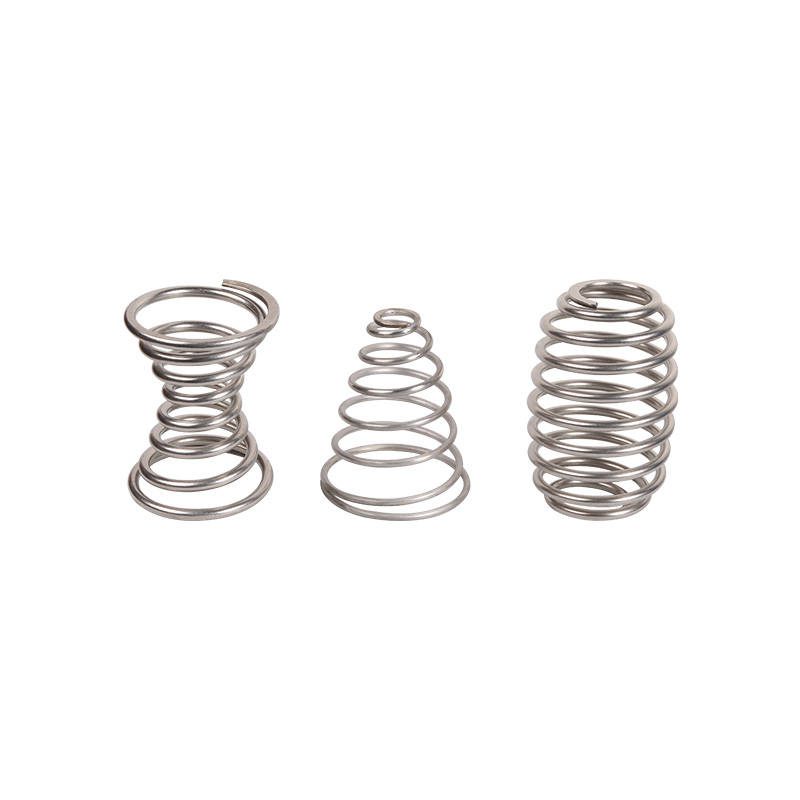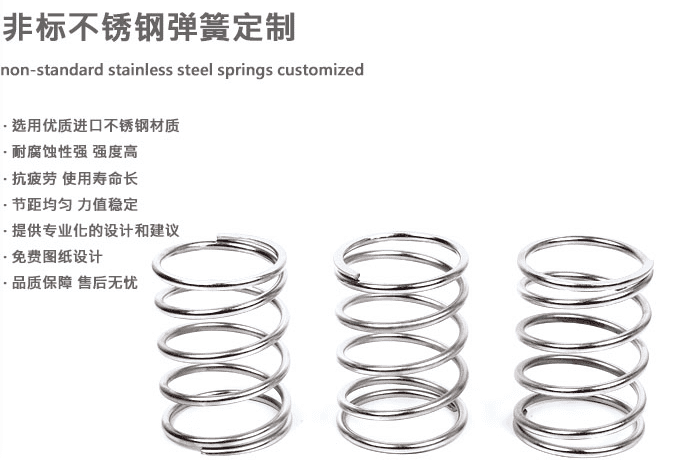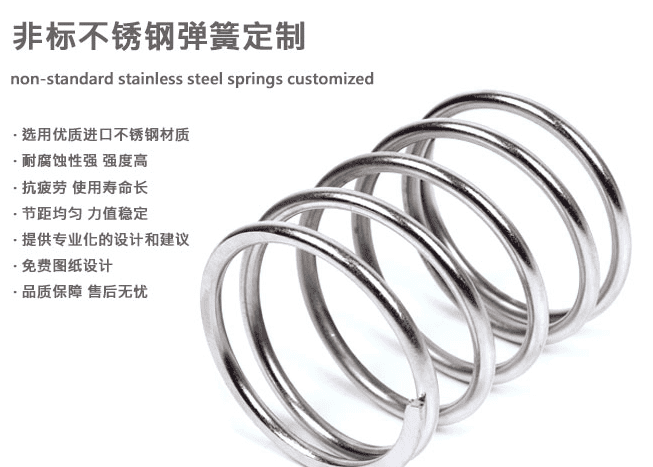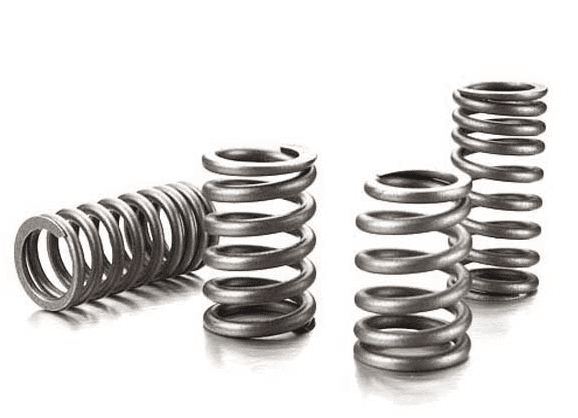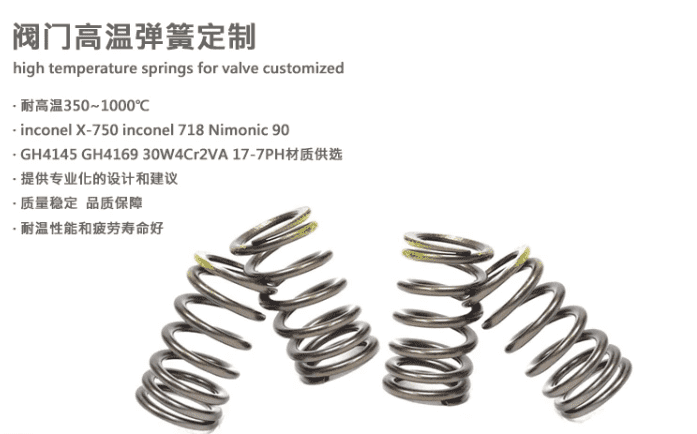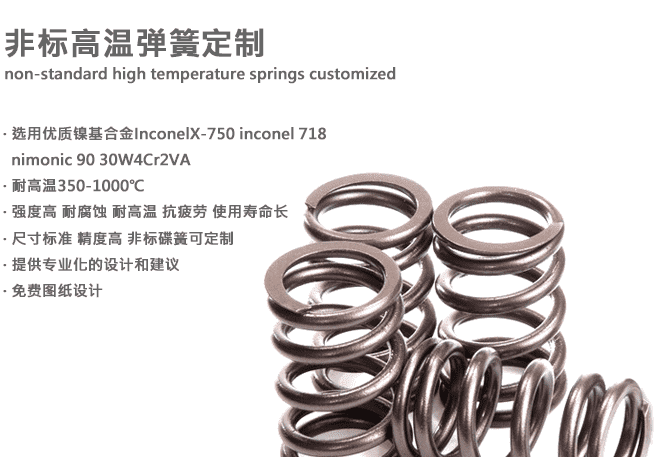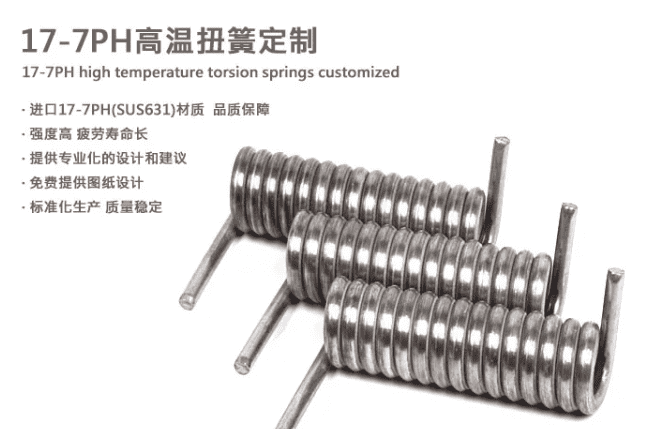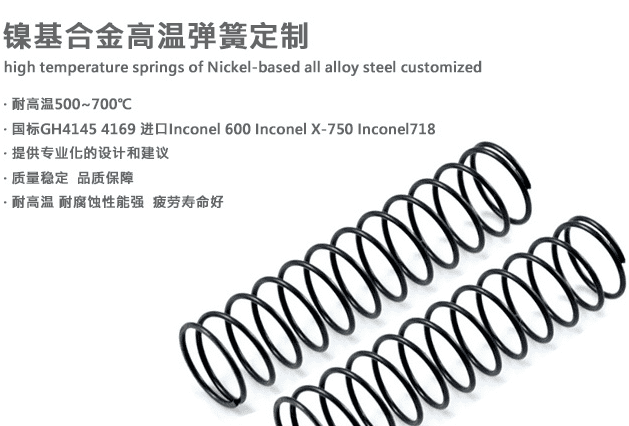In metal processing, AISI 317L stainless steel round bars are often used as important raw materials for manufacturing various parts and products.
The importance of precise cutting of stainless steel 317L round bars&rods
Precision cutting has an important impact on the quality and performance of AISI 317L stainless steel round bars. During the cutting process, if the operation is improper or the equipment accuracy is not high, it will lead to material waste, rough cutting surface, dimensional deviation and other problems, seriously affecting the quality and performance of the product.
Therefore, precision cutting is an indispensable part of the processing process of AISI 317L stainless steel round bars.
Mechanical properties(after solution treatment)34:
Tensile strength (TS): ≥480 MPa
Yield strength (YS): ≥177 MPa
Elongation (EL): ≥35%
Hardness (HV): ≤200
Corrosion Resistance:
Excellent performance in oxidizing media (such as sulfuric acid, phosphoric acid) and chloride-containing environments27;
The resistance to pitting corrosion and crevice corrosion is better than conventional 304/316 stainless steel27.
High Temperature Performance:
317L round bar can work stably for a long time below 600℃, and can withstand short-term temperature up to 800℃47.
3. Heat treatment process and processing data
Solid solution treatment(key process)14:
317L stainless steel rod Temperature range: 1010-1150℃;
Heating time: Adjust according to material thickness (usually 1-2 hours/25mm);
Cooling method: Rapid water quenching or air cooling to avoid carbide precipitation.
Cold working:
Cold rolling, cold drawing and other processes can be used, and annealing is required after processing to eliminate stress67.
Thermal processing:
The suitable temperature range is 900-1180℃, and the final forging/rolling temperature is not lower than 850℃67.
welding:
Typical application fields
Chemical equipment: reactors, pipelines, storage tanks (acid and alkali resistant media)57;
Energy industry: oil and gas pipelines, heat exchangers (high temperature and high pressure resistance)57;
Ocean engineering: desalination equipment, marine components (resistant to chloride ion corrosion)78;
Food and Pharmaceuticals: Sterile containers, processing equipment (meeting hygienic standards
